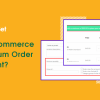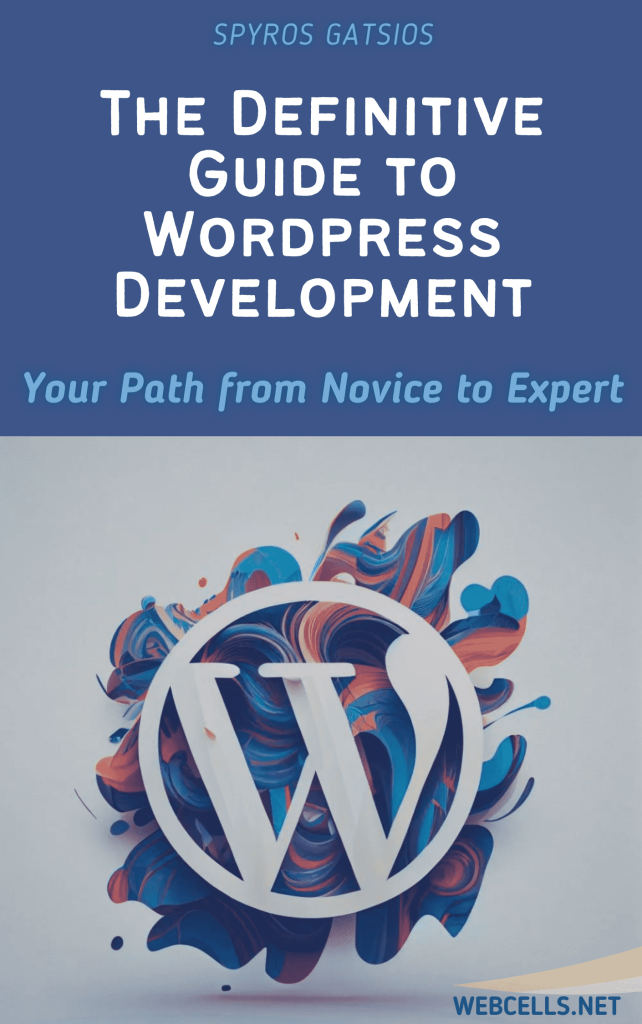Selecting the right WordPress theme is one of the most important decisions you’ll make when building your site. Your theme sets the foundation for your site’s design, functionality, and even performance. With thousands of themes available, both free and premium, finding the perfect one can be overwhelming. In this post, we’ll guide you through essential factors to consider to help you choose a theme that aligns with your brand and meets your site’s goals.
Step 1: Define Your Site’s Purpose and Goals
Before exploring theme options, identify your website’s purpose and primary objectives. Are you creating a blog, portfolio, online store, or business site? The features and layout you need will depend on the purpose of your site.
For example:
- Blogs often need clean, content-focused themes with excellent readability.
- Portfolios benefit from visually dynamic themes with image galleries and grid layouts.
- E-commerce sites require themes that integrate smoothly with WooCommerce and offer product page layouts.
Once you’ve outlined your needs, you’ll be better equipped to select a theme that suits them.
Step 2: Prioritize Responsiveness
A responsive theme adjusts to different screen sizes, providing a seamless experience on desktops, tablets, and mobile devices. Given the increasing number of mobile users, responsiveness is critical for a positive user experience and improved SEO.
Most themes today are responsive, but always double-check:
- Preview the theme on different devices by resizing your browser window.
- Use Google’s Mobile-Friendly Test to see if the theme performs well on mobile devices.
Step 3: Consider Design Customizability
Your theme should offer enough flexibility to reflect your brand style. Customization features are essential, especially if you don’t want your site to look like hundreds of others using the same theme.
Look for themes that include:
- Color and typography options: Choose themes that let you customize colors and fonts without code.
- Custom headers, footers, and layouts: These options allow you to tailor your site’s structure.
- Page builders: Many themes are compatible with popular drag-and-drop builders like Elementor or WPBakery, making it easy to create custom page layouts.
Tip: If you need extensive customization, consider using a theme framework like Genesis or a builder theme like Divi or Astra.
Step 4: Check for Speed and Performance
The theme’s speed affects your site’s loading time, which impacts user experience and search engine rankings. Lightweight themes with minimal scripts and CSS are preferable for fast loading times.
To test a theme’s performance:
- Visit the theme’s demo page and use GTmetrix or PageSpeed Insights to check load speed.
- Look for themes specifically optimized for performance, like GeneratePress, Astra, or Neve.
Tip: Avoid themes with excessive animations, sliders, or built-in features you don’t need, as these can slow down your site.
Step 5: Ensure SEO-Friendliness
A well-coded, SEO-friendly theme helps search engines crawl and index your site effectively. Some themes are optimized for SEO out of the box, but you can also look for these indicators:
- Clean code: Good coding standards improve load times and SEO.
- Schema markup: Some themes include schema, which helps search engines understand your content structure.
- HTML5: Themes coded in HTML5 are generally more SEO-friendly and compatible with modern browsers.
Choosing a theme optimized for SEO will help set your site up for better search engine visibility.
Step 6: Choose Between Free and Premium Themes
Free themes are often great for basic websites, but premium themes generally offer more features, support, and customization options. When deciding between the two, consider:
- Budget: Premium themes usually range from $30-$100. If you’re investing in a professional site, the cost may be worthwhile.
- Support and updates: Premium themes often come with dedicated support and regular updates, which can be important for security and functionality.
- Feature requirements: If your site needs advanced features (e.g., custom layouts, animations, or integrations), a premium theme may be more suitable.
Step 7: Review Theme Support and Updates
Themes that are frequently updated and well-supported are more likely to remain compatible with future WordPress versions and secure from vulnerabilities.
Check for:
- Theme update history: Look at when the theme was last updated, especially with free themes in the WordPress repository.
- User reviews: Read reviews for feedback on theme performance and support.
- Developer support: Premium themes often come with dedicated support, which is helpful if you run into issues.
Step 8: Test the Theme with the WordPress Customizer
Most themes allow you to preview and customize the layout before committing to it. You can use the WordPress Customizer to make adjustments and see how your content will appear.
To do this:
- Install and activate the theme, then go to Appearance > Customize.
- Adjust settings like colors, fonts, header layout, and menus.
- Use this time to ensure that the theme’s structure aligns with your content and brand.
Tip: Many premium themes offer a demo content import option, letting you see exactly how your content will look in the theme’s design.
Choosing the right WordPress theme is a balance between aesthetics, functionality, and performance. By keeping your goals in mind, prioritizing responsiveness, and testing the theme thoroughly, you’ll find a theme that not only looks great but also meets your site’s needs.
With the right theme, you can establish a professional, user-friendly website that provides an excellent experience for your visitors and helps achieve your business goals.









